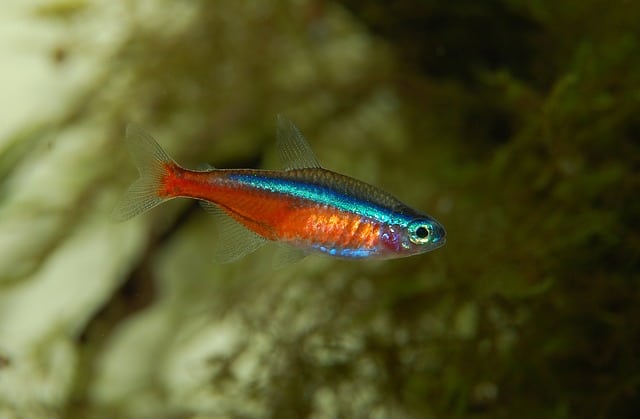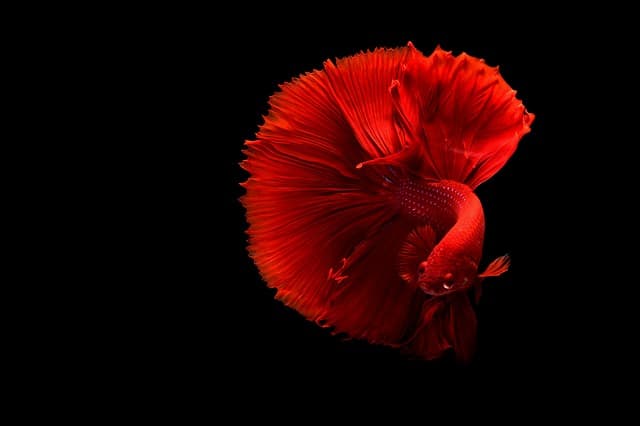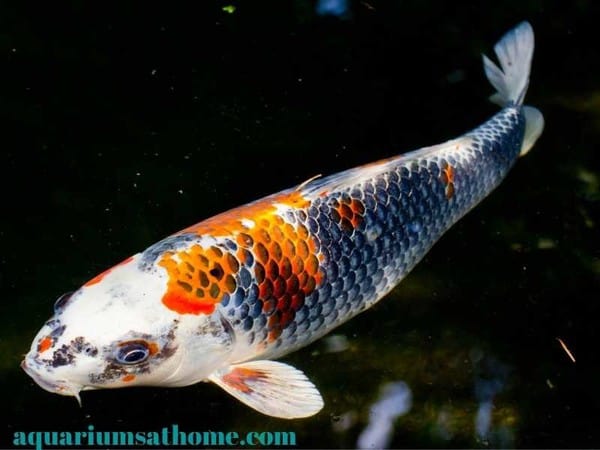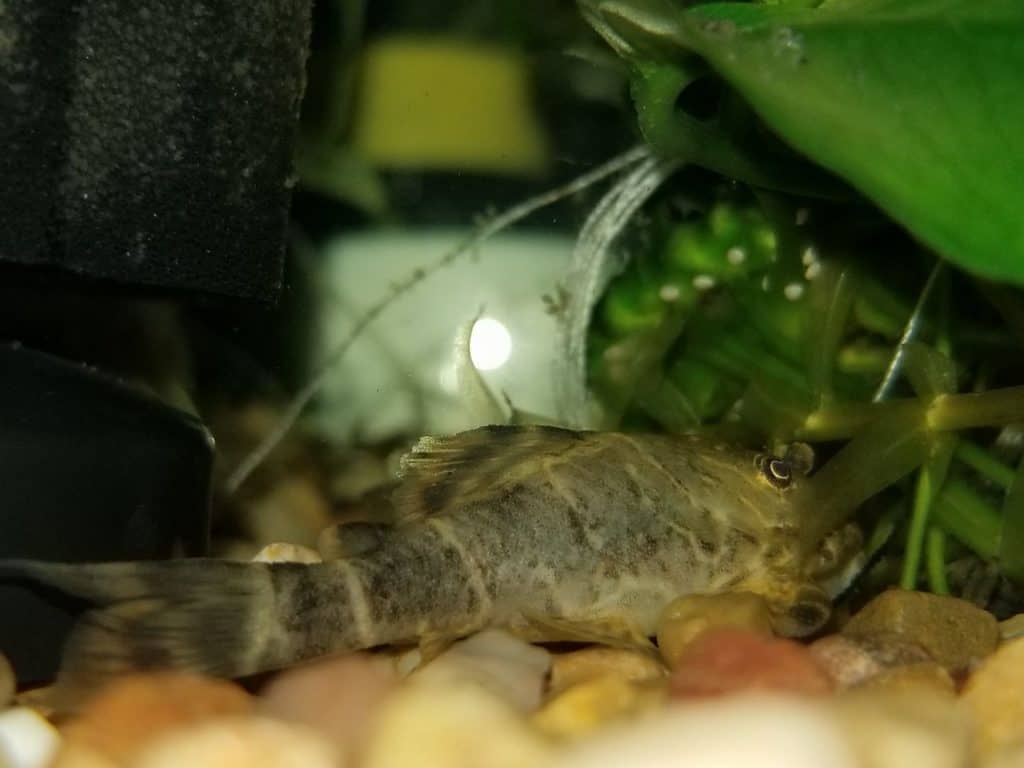Goldfish are very popular with freshwater aquarium hobbyists around the world! Highly adaptable to diverse and fluctuating water conditions, these fish are fast swimmers, voracious eaters, and generally easy to care for. This begs the question, ‘which goldfish species is the hardiest?’
The common or standard goldfish is often considered to be the hardiest of its kind. This species grows large in size (between 12 and 18 inches long), is brightly colored, and is active in nature. They originated in East Asia and are a member of the carp family.
Now that you know the common goldfish is the hardiest, let us explore this topic further and in more detail. As we move through this article, I will discuss the different types of goldfish and how hardy each one is. I will also explain what you can do to increase the lifespan of your goldfish and how to properly care for them.
So, if you are ready to learn more about goldfish and their robust character, then please continue reading…
Which Type of Goldfish Lives Longest?
The common or standard goldfish, being the hardiest overall, tend to live the longest as well. If they are well cared for, they can survive for 25 years (or more) in captivity! When kept in a pond as opposed to a tank, common goldfish can live as long as they normally would in the wild. Their lifespan is shortened significantly, however, when kept in a fishbowl.
How to Properly Care for Common Goldfish?
The common goldfish is generally easy to care for, provided it is kept in a well-maintained tank or pond. Since they are a type of cold-water fish, the common goldfish prefers temperatures around 60 to 70 degrees F. The pH level, though not critical, should be somewhere between 7.0 and 8.0. Perform weekly partial water changes and vacuum the substrate to remove excess food and waste once a month.
Feeding the common goldfish once a day is often enough. Give them only as much food as they can eat in a 2-minute time-period and remove any leftovers immediately afterwards. Being omnivores goldfish thrive on a plant and meat diet and should be fed a variety of foods, including algae wafers, fish flakes, fish pellets, brine shrimp, and bloodworms. They will also eat the algae growing naturally in the tank.
Are Bubble Eye Goldfish Hardy?
Bubble eye goldfish are smaller in size (approximately 3 to 4 inches long) and tend to live between 10 and 15 years in captivity. They are the slowest and smallest species of goldfish, which makes them more prone to predations. They are not as adaptable to diverse aquatic environments, making them more fragile and less hardy than others of their kind.
Are Comet Goldfish Hardy?
Comet goldfish are much like common goldfish when it comes to hardiness. The only real difference is in their appearance – the comets have longer, flowing fins and a heavily-forked tail. They can adapt to the coldest of temperatures, which is why they can be kept in an outdoor pond even in the winter months! Comet goldfish are brightly colored and fast swimmers, making them a joy to observe.
Are Fantail Goldfish Hardy?
Fantail goldfish are much like the bubble eye in that they are fragile and not near as hardy as other types of goldfish. They get their name from their ‘triple’ tails, which look like open fans. They also look to be humpbacked and grow to approximately 6 inches in length. While beautiful and graceful in appearance, this species needs extra care to survive in captivity.
Are Oranda Goldfish Hardy?
Oranda or fancy goldfish vary in color with an outgrowth that covers their entire head, except for the eyes and mouth. This species ranges in size from 8 to 12 inches long and requires special care as they are often prone to bacterial infections. They are not as hardy as the common of comet goldfish, for example, nor are they as adaptable to fluctuating water conditions.
Are Ryukin Goldfish Hardy?
Ryukin goldfish are fairly hardy and a good choice for beginner hobbyists. Their vibrant colors are only overshadowed by the noticeable lump along the back of their heads. This species of goldfish grows to about 8 inches in length but, can get bigger if kept in a large tank or commercial pond. They are easier to care for than the fancy types and can live up to 15 years in a well-maintained aquarium.
Are Shubunkin Goldfish Hardy?
Shubunkin goldfish tend to be hardy, much like the common goldfish. They come in a variety of colors and can overcome predation due to their speed and agility in the water. This species can reach up to 18 inches in length when properly cared. If kept in a large 100-gallon tank, for example, shubunkins can live 10 years or more in captivity.
What is the Lifespan of Goldfish?
The lifespan of goldfish depends on how well they are cared for and the type of aquatic environment in which they live. The smaller varieties (bubbles eyes and fantails, for example) usually do not live as long since they are not as hardy and are more prone to predatory attacks. The common goldfish is known to live to the longest of all species – up to 25 years or longer under the right environmental circumstances.
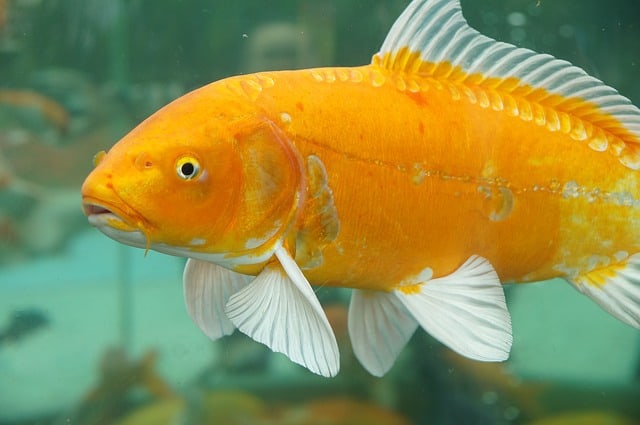
How to Increase the Lifespan of Goldfish?
To ensure a long and healthy life for your pet goldfish, there are 8 things you can do. These include the following:
Purchase the Largest, Widest Tank Possible
Bigger is better when it comes to aquariums. The larger the tank, the healthier the aquatic environment for any fish! A 75-gallon aquarium is the minimum size for goldfish, which often live longer in ponds than tanks. A wider tank is also better than a taller one as it allows for better oxygenation near the surface.
Set-up the Tank in Advance
Getting the tank ready at least 2 weeks beforehand is required. This allows enough time for beneficial bacteria (which helps break down waste material and lower ammonia levels) to take root. Failure to cycle the tank properly will result in the poisoning death of your goldfish.
Add a Filter and an Air Pump to the Tank
Installing a waterfall-type filter and an air pump/stone to your tank is recommended. Goldfish need a well-aerated environment to live a long and healthy life. Without enough oxygen in the water, goldfish become sluggish and will often float near the surface of the water, gasping for air.
Keep the Tank Clean
Cleaning an aquarium regularly is vital for fish health. And since goldfish are messy creatures that like to eat and explore, they need their tank cleaned at least once a week. Partial water changes are a must – removing up to 40% of the water may be required depending on the number of fish you have.
Provide Mental and Physical Stimulation
A planted tank with gravel, driftwood, rocks, and mirrors help provide mental and physical stimulation for fish. This is especially important for goldfish, which tend to be active and like to forage. The tank should also have an open area for swimming as well as plenty of hiding places.
Do Not Overfeed the Fish
Goldfish have voracious appetites and will eat just about anything! Excess food in the tank (along with waste material settling on the substrate) will increase nitrite and ammonia levels, making the aquarium water unsafe for its inhabitants.
Do Not Overpopulate the Tank
Too many fish in an aquarium increases stress and aggression among its inhabitants. Though generally peaceful in and gentle-natured, goldfish need space in a tank to swim and forage freely. If the tank is too small, tension levels can rise and cause goldfish to nip at one another out of frustration.
Maintain the Proper Water Conditions
While goldfish can survive in diverse aquatic environments, the more stable the water parameters in the tank, the healthier the fish. The temperature should be fairly consistent and stay below 75 degrees F in the summer and above 50 degrees F in the winter, if kept in an outdoor pond.
Conclusion
To conclude, the hardiest goldfish species tends to be the common or standard goldfish, followed by the comet, ryukin, and shubunkin varieties. If properly care for and kept in a well-maintained aquarium or pond, common goldfish can live upwards of 25 years!
I hope this article has answered your questions pertaining to goldfish and their vigorous nature. Thanks for reading and best of luck with your aquarium hobby!
Recommended Posts
The Origins of Goldfish: A Fascinating Journey Through History
When is Breeding Season for Goldfish?
What Goldfish Can Live in a 10-Gallon Tank?
How to Tell if Your Goldfish is a Boy or a Girl?
Why Do Goldfish Eat Their Own Poop?
What Kind of Water do Goldfish Need?



